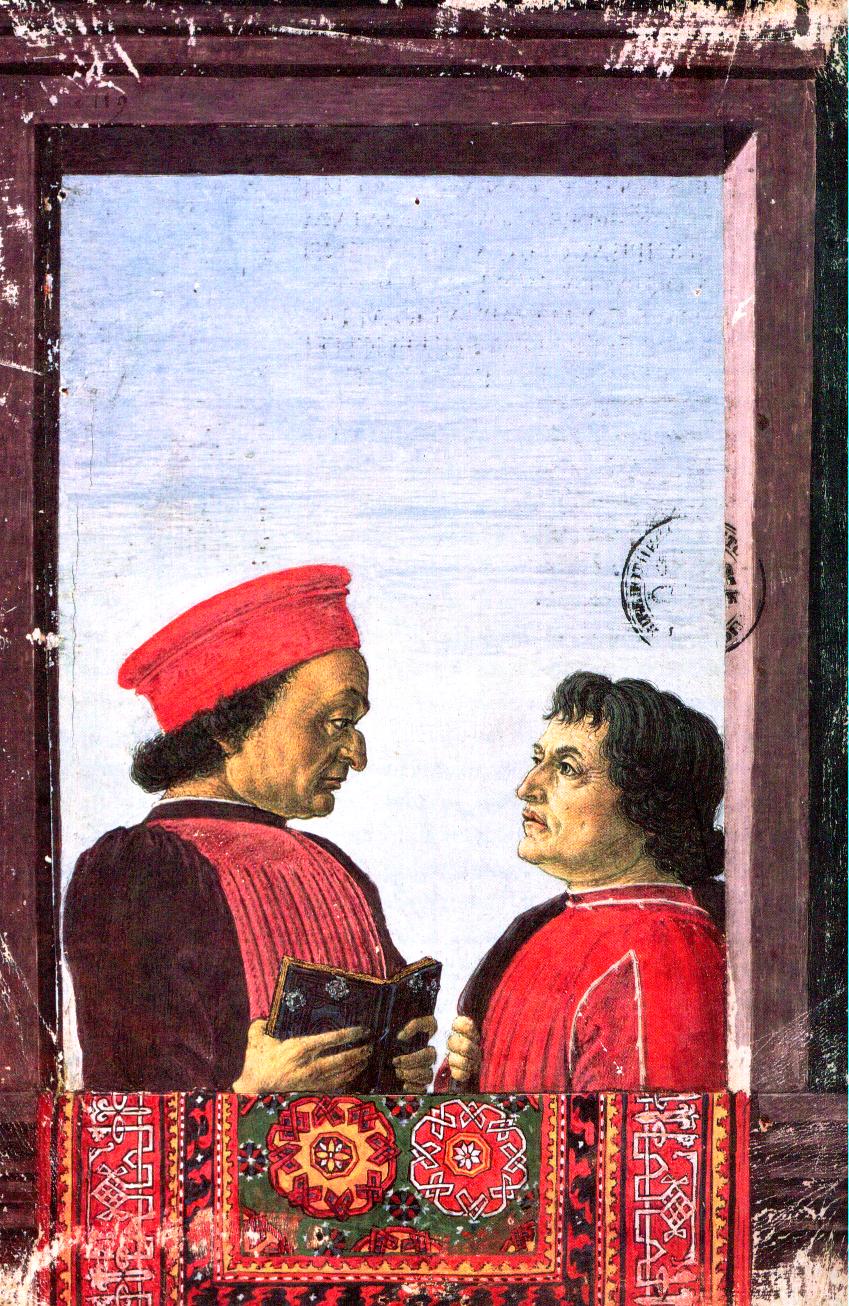 Poemata (poems)
by
Poemata (poems)
by
 Epistulae
by
Epistulae
by
 De discordantia inter Eusebium Hieronymum et Aurelium Augustinum approbatus Sybillarum dictis omniumque gentilium et veterum prophetarum qui de Christo vaticinati sunt
by
De discordantia inter Eusebium Hieronymum et Aurelium Augustinum approbatus Sybillarum dictis omniumque gentilium et veterum prophetarum qui de Christo vaticinati sunt
by
 Tres Dialogi in Lactantium
by
Tres Dialogi in Lactantium
by
 Orationes et epistolae ad Christianos principes contra Turcos
Orationes et epistolae ad Christianos principes contra Turcos
 Olynthiaca prima
by
Olynthiaca prima
by
 In epistulas s. Pauli commentarius
by
In epistulas s. Pauli commentarius
by
 In evangelium s. Matthei commentarius
by
In evangelium s. Matthei commentarius
by
 Office fore the Feast of San Vittorio of Volterra
Office fore the Feast of San Vittorio of Volterra
 Assertio Septem Sacramentorum Adversus Martinum Lutherum
by
Assertio Septem Sacramentorum Adversus Martinum Lutherum
by
 Annales ecclesiastici
by
Annales ecclesiastici
by
 Historia de coniuratione Catilinae
by
Historia de coniuratione Catilinae
by
 Congregation of the Index, Censure of Carlo Sigonio's Commentary on Sulpicius Severus
Congregation of the Index, Censure of Carlo Sigonio's Commentary on Sulpicius Severus
 Congregation of the Indes, Censure of Carlo Sigonio
Congregation of the Indes, Censure of Carlo Sigonio
 Congregation of the Index, Censure of Cardinal Pietro Bembo's poetry In Latin
Congregation of the Index, Censure of Cardinal Pietro Bembo's poetry In Latin
 Epistulae nomine Leonis X scriptae (Letters written for Leo X)
by
Epistulae nomine Leonis X scriptae (Letters written for Leo X)
by
 Commentarii
by
Commentarii
by
 Camaldulensian Disputations
by
Camaldulensian Disputations
by
 Orations
by
Orations
by
 Historiae
by
Historiae
by
 Homeri interpres (Scholia on Homer)
by
Homeri interpres (Scholia on Homer)
by
 Epigrammaton (Epigrams)
by
Epigrammaton (Epigrams)
by
 Cornucopia
Cornucopia
 Cornucopia
Cornucopia
 De re militari (On matters military)
De re militari (On matters military)
 Grammatica
by
Grammatica
by
 Aeneid
by
Aeneid
by
 Bellum Catilinae, Bellum Iugurthinum (Histories)
by
Bellum Catilinae, Bellum Iugurthinum (Histories)
by
 Le nozze di Costantio Sforza e Camilla d'Aragona (The marriage of Costantio Sforza and Camilla of Aragon)
Le nozze di Costantio Sforza e Camilla d'Aragona (The marriage of Costantio Sforza and Camilla of Aragon)